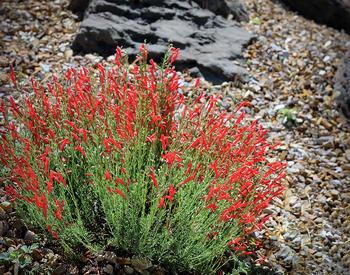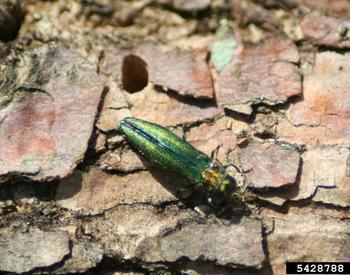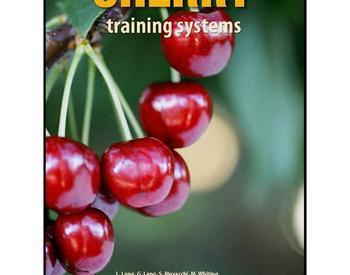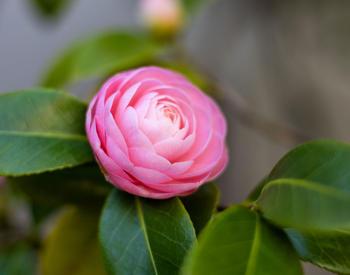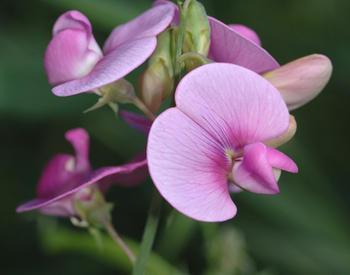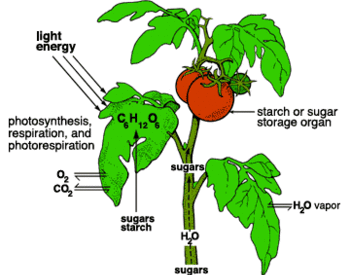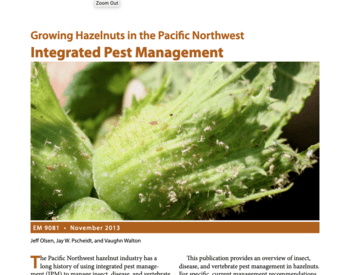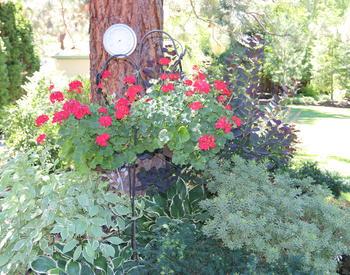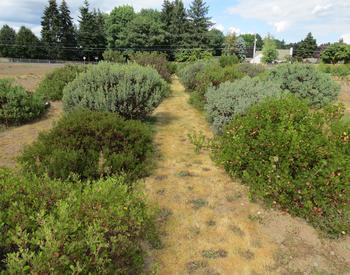McMINNVILLE, Ore. – If you like the look of old stone planters and troughs in classic English gardens, you can make delightful facsimiles using "hypertufa," a simulated-stone material you can mix up at home.
Ingredients vary but are easily found and can be made into garden containers, birdbaths and landscape accents that look like stone, but are much lighter and inexpensive. Often, a mixture of Portland cement, coconut fiber and perlite is used, according to Linda McMahan, staff chair and consumer horticulturist for the Yamhill County office of the Oregon State University Extension Service.
"The material itself is easy to work with – sort of like cookie dough," McMahan said. "It is also amazingly inexpensive, and the possibilities for shapes, sizes and colors almost endless. It's like making mud pies for adults. It's fun, low-key, great for patio parties; messy ones in jeans that is."
Working with hypertufa is easy for the beginner, McMahan said. "If you make a mistake, so what? Just start over. It's about as expensive as spilled milk."
Hypertufa containers work well for rock gardens, succulents, alpine plants and other "fussy" little plants, McMahan said. "I have troughs all over my garden – on the front stoop, on the back patio, next to the small pond, in the middle of a flower bed. You can stack them and raise plants to various levels."
European gardeners have used stone troughs and other obsolete cement for planters for centuries, McMahan said. The stone containers made such a splendid addition to ornamental gardens, they soon became a "must have" in the European countryside.
Over time, the stone cast-offs became rare, so folks turned to tufa rock, a soft volcanic porous rock that is easily hollowed and carved. By the 1930s and 40s, tufa rocks became less available and expensive. Creative gardeners decided to make their own "tufa" and called it hypertufa.
"As you have already guessed, there are many recipes, all with pluses and minuses," McMahan said. "When I mix, I add water just until it sticks together when squeezed and begins to glisten."
Hypertufa planters made with sand can easily stand up for 20 years, said McMahan. "The light-weight ones made with perlite aren't quite as durable but can last about 10 years if they are not abused. Plant roots can make their way into crevices and quicken the breakdown process."
One caution from McMahan: hypertufa objects can break with rough use. "Don't drop one," she warned. "Not only will it break. It might break your foot."
Hypertufa recipe:
Ingredients: (relative volumes are given)
- 3 parts coir (coconut fiber)
- 2 parts Portland Cement type I-II - You can find the coconut fiber and perlite at garden centers and Portland Cement at construction or lumber stores. Portland Cement comes only in 94-pound sacks, will not keep and becomes hard quickly. Plan to make a lot of hypertufa pots, or have a party.
- 3 parts perlite
Measure the ingredients by volume with a bucket. Put on gloves and mix by hand in a cement tray (plastic and inexpensive), wheelbarrow or other large container. Add water gradually and mix with ingredients until it is stiff and holds together, about like cookie dough or cottage cheese.
Mold the wet hypertufa with your hands into a plastic-lined cardboard box or other container, making the bottom about two to three inches thick. The walls of the hypertufa container should be at least three inches deep. Punch two drain holes in the bottom with your finger or a tool. Clean your mixing tray immediately when finished with a garden hose.
Leave outdoors to dry, about three or five days, until firm. Then remove your hypertufa planter from the box and plastic. Smooth, carve or shape to your satisfaction using a garden trowel, wire brush or other metal tool. For a smoother finish, moisten the hypertufa and then coat the outside with dry Portland Cement. You can plant in your container about a week after you make it.
"There are as many methods and recipes as there are people making planters," McMahan said. "Sometimes I use sand instead of perlite, especially for small containers, because sand makes the pot heavier. Also, you can substitute finely ground peat moss for the coconut fiber, although coconut fiber is a better alternative from an environmental perspective."



